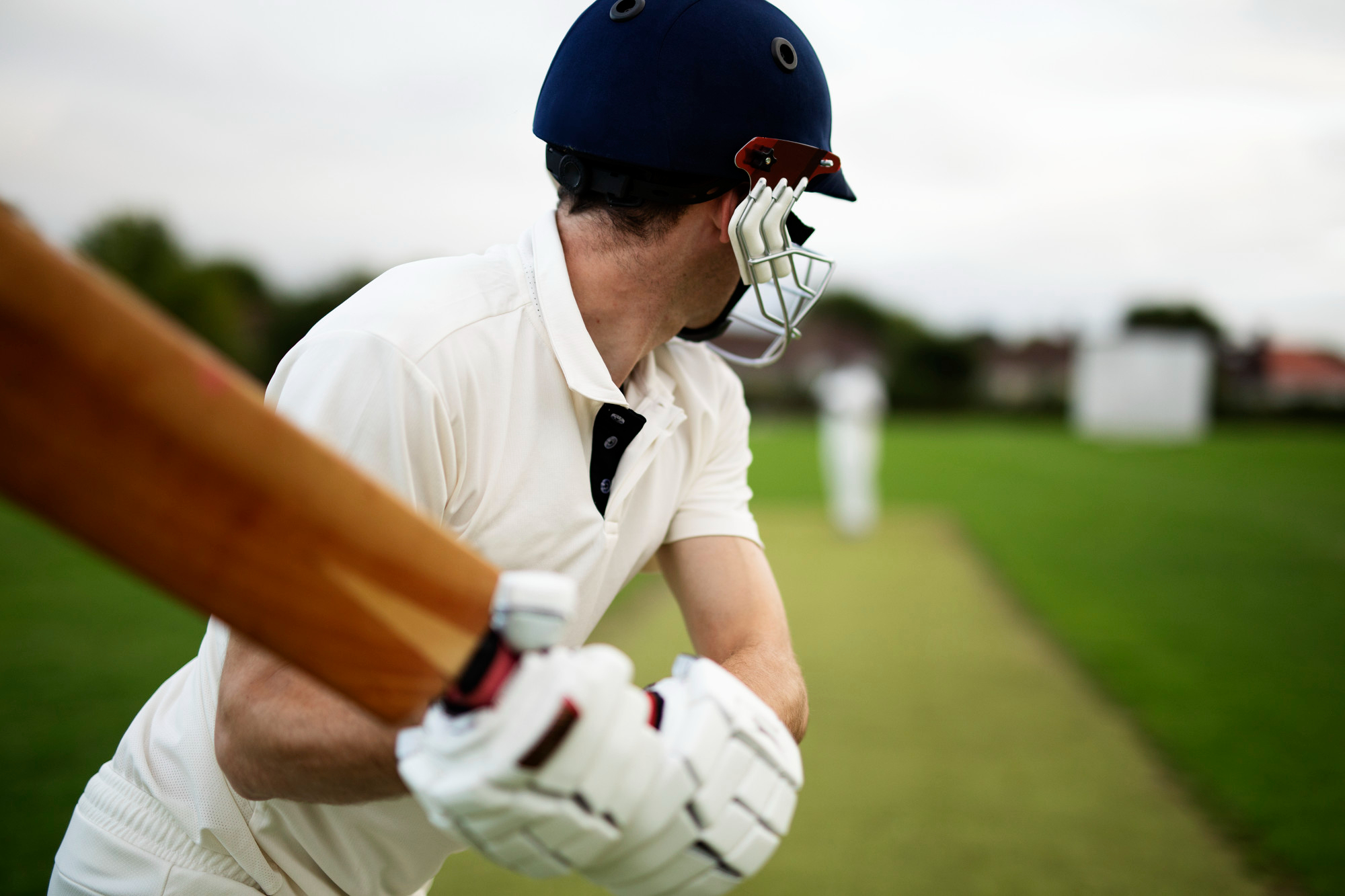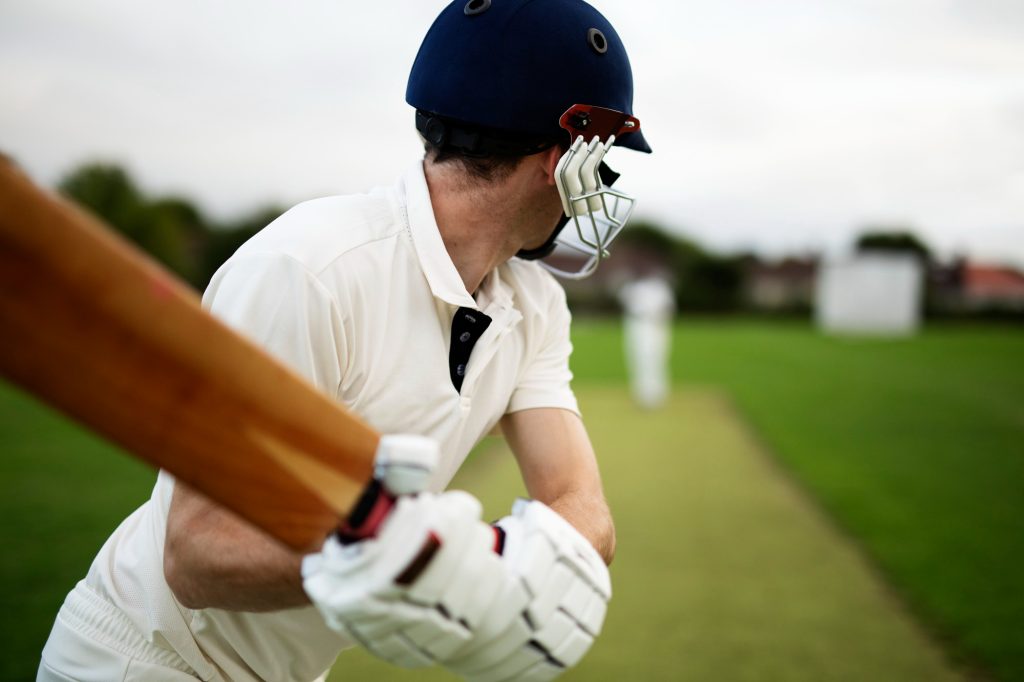Do you ever find yourself watching a cricket match and wondering about the different players scattered across the field? Well, you’re not alone! Understanding the fielding positions in cricket is crucial to fully appreciate the game. In this article, we will delve into the various fielding positions and their roles, giving you a comprehensive understanding of the game’s dynamics.
Firstly, let’s talk about the wicket-keeper, a vital position often referred to as the team’s last line of defense. Positioned right behind the stumps, the wicket-keeper is responsible for catching deliveries missed by the batsman, stumping, and making crucial run-outs.
Furthermore, we’ll explore the distinction between infield and outfield positions. Infielders are positioned closer to the batsman and include positions like slips, gully, and short leg. On the other hand, outfielders cover the vast expanse of the field, protecting boundaries and taking catches in positions like long-on, long-off, and deep square leg.
Lastly, we’ll discuss specialized positions and the strategic importance of fielding tactics. So, whether you’re a cricket enthusiast or a curious observer, this article will equip you with the knowledge to fully appreciate the intricate game of cricket.
Let’s dive in and explore the fascinating world of fielding positions in cricket!
Understanding the Fielding Positions
Imagine yourself standing on the cricket field, surrounded by players strategically positioned in various fielding positions, ready to pounce on any ball that comes their way. Understanding the fielding positions is crucial to the game of cricket.
Each position serves a specific purpose and plays a key role in defending runs and taking wickets. The most common fielding positions include the wicketkeeper, who stands behind the stumps, ready to catch the ball and dismiss the batsman. Then there are the slip fielders, stationed close to the batsman’s position, ready to catch any edges.
The fielders at mid-on, mid-off, mid-wicket, and cover are strategically placed to cover different areas of the field and stop runs. The deep fielders, positioned on the boundary, aim to prevent any boundaries.
Each position requires agility, quick reflexes, and excellent teamwork to succeed in the game of cricket.
The Role of the Wicket-keeper
While often overshadowed by the actions of the bowler and batsmen, the wicket-keeper plays a crucial role in the game with their lightning-quick reflexes and agile movements. Positioned just behind the batsman, the wicket-keeper is responsible for catching the ball if it is missed by the batsman or edges off the bat. Their primary role is to successfully dismiss the batsmen by either catching the ball or stumping them out. This requires exceptional hand-eye coordination and the ability to react swiftly to unpredictable movements.
Additionally, the wicket-keeper is also responsible for communicating with the bowler and fielders, providing valuable insights and guidance. Their role as the last line of defense is vital in maintaining the team’s fielding standards and ensuring that no scoring opportunities are missed.
Infield vs. Outfield Positions
Nestled within the playing area, the infield positions require players to be in close proximity to one another, ready to pounce on any opportunity that comes their way. These positions include the silly point, short leg, square leg, mid-on, mid-off, cover, point, and extra cover.
The silly point stands closest to the batsman on the off side, aiming to catch any deflections off the bat. The short leg position is just a few yards away from the batsman on the leg side, attempting to catch any shots played towards them. Square leg is stationed close to the umpire on the leg side, responsible for catching any hits towards that area.
Mid-on and mid-off are placed on either side of the pitch, aiming to catch shots played straight down the ground. Cover, point, and extra cover cover the off side, ready to catch any shots played in that direction.
Specialized Positions in Cricket
Specialized positions in cricket require exceptional skills and precision, as players must master the art of fielding in specific areas of the pitch. One such position is the wicket-keeper, who stands behind the wicket and is responsible for catching the ball and stumping the batsman. They need quick reflexes and excellent hand-eye coordination.
Another specialized position is the slip fielder, who stands close to the batsman on the offside and is tasked with catching the ball if it edges off the bat. Slip fielders need great anticipation and soft hands to hold onto the fast-paced edges.
Additionally, there are positions like point, cover, and mid-off, which require players with strong throwing arms and quick reactions to stop runs and take catches.
These specialized positions play a crucial role in cricket, adding depth and strategy to the fielding side.
Fielding Strategies and Tactics
Fielders employ various tactics and strategies to outsmart the opposition and gain an advantage on the field. One of the most common fielding strategies is setting a defensive field, which involves placing fielders strategically to prevent runs and take catches.
This includes positioning fielders in close catching positions, such as slips and short leg, to take catches off the bat. Another tactic is to have a deep field, with fielders positioned on the boundary to save runs.
Fielders also utilize the tactic of sledging, which involves verbally distracting and intimidating the batsmen to disrupt their focus. Additionally, fielders communicate with each other through signals and shouts to coordinate their movements and prevent misfields.
These strategies and tactics play a crucial role in fielding and can often determine the outcome of a match.
Conclusion
So now you know all about the fielding positions in cricket!nnFrom the wicket-keeper’s crucial role to the distinction between infield and outfield positions, there is a lot to understand.nnAdditionally, specialized positions like long-on and deep square leg add depth to the game.nnLastly, fielding strategies and tactics play a vital role in a team’s success.nnKeep practicing your fielding skills and remember to communicate and work as a team to excel in the game of cricket.




